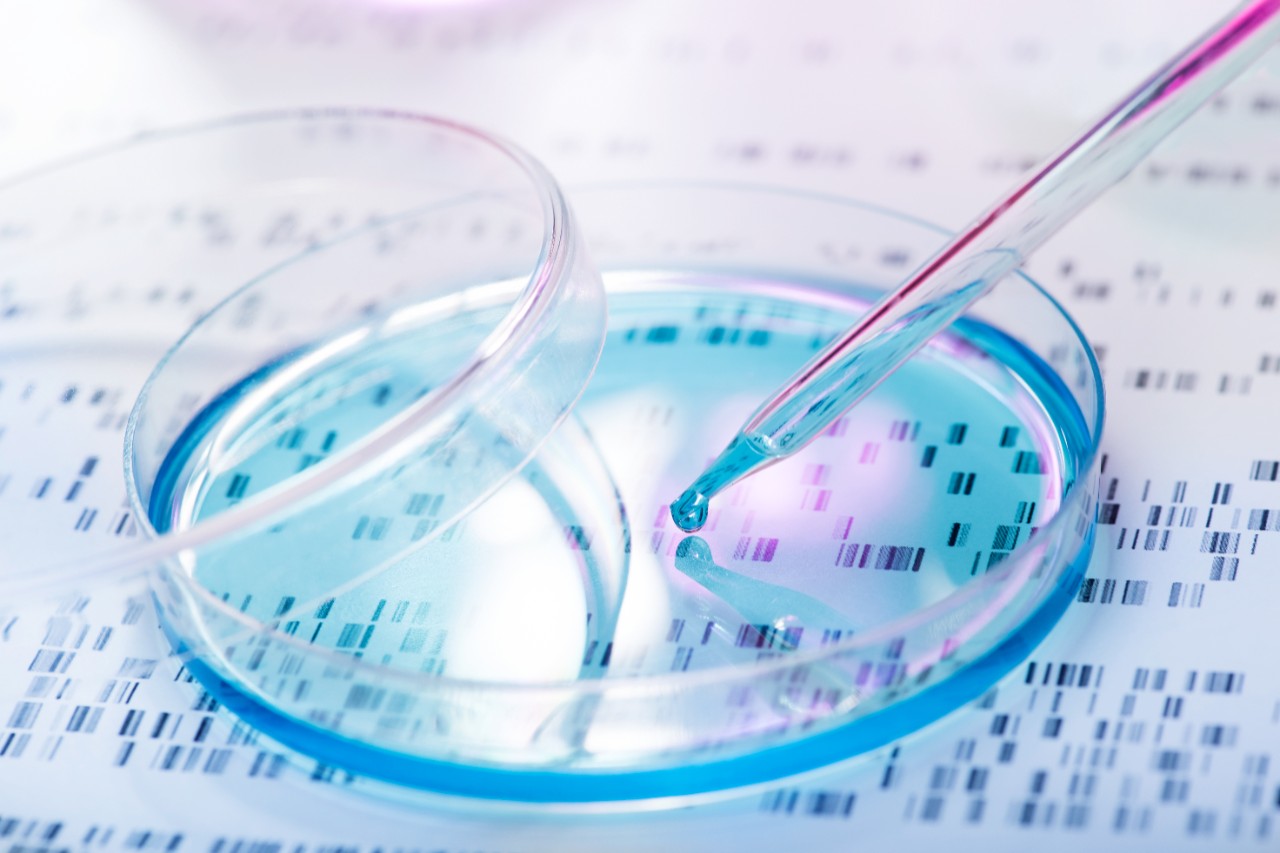Stem cells are distinguished by their ability to divide infinitely as unspecified cells while still maintaining the capacity to differentiate and form the specialized cells that make up our blood, skin, muscles, tissues, and organs. These qualities of self-renewal and unlimited potential makes stem cells a desirable tool for both research and medicine. In the early 21st century, to avoid the legal and ethical issues surrounding embryonic stem cells, scientists sought to find a source of stem cells independent of the use of embryonic tissue. This endeavor led to the development of induced pluripotent stem cells, coined iPS cells, from adult human cell types.
In 2008, Shinya Yamanaka at Kyoto University in Japan was the first scientist to show that adult human fibroblasts derived from routine skin biopsy could be induced to become stem cells. By “infecting” the fibroblast cells with a virus that contained key stem cell-associated genes, the cells were rapidly reprogrammed into induced pluripotent stem cells (iPS cells). The following year, it was discovered that many other human and mammalian cell types could also be used for reprogramming, including: blood cells, hepatocytes, keratinocytes, and lymphocytes. Four years later, Shinya Yamanaka was awarded the Nobel Prize for his contribution to the discovery of iPS cells.

